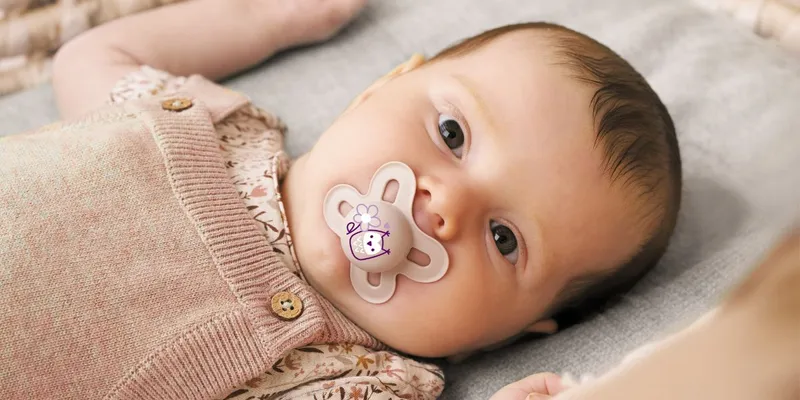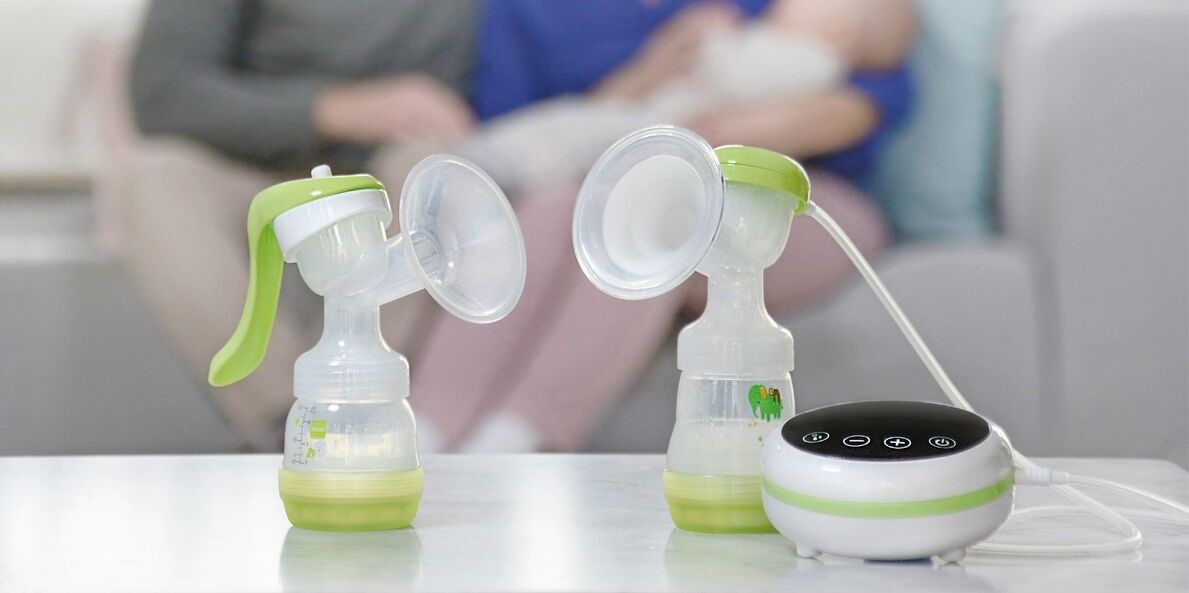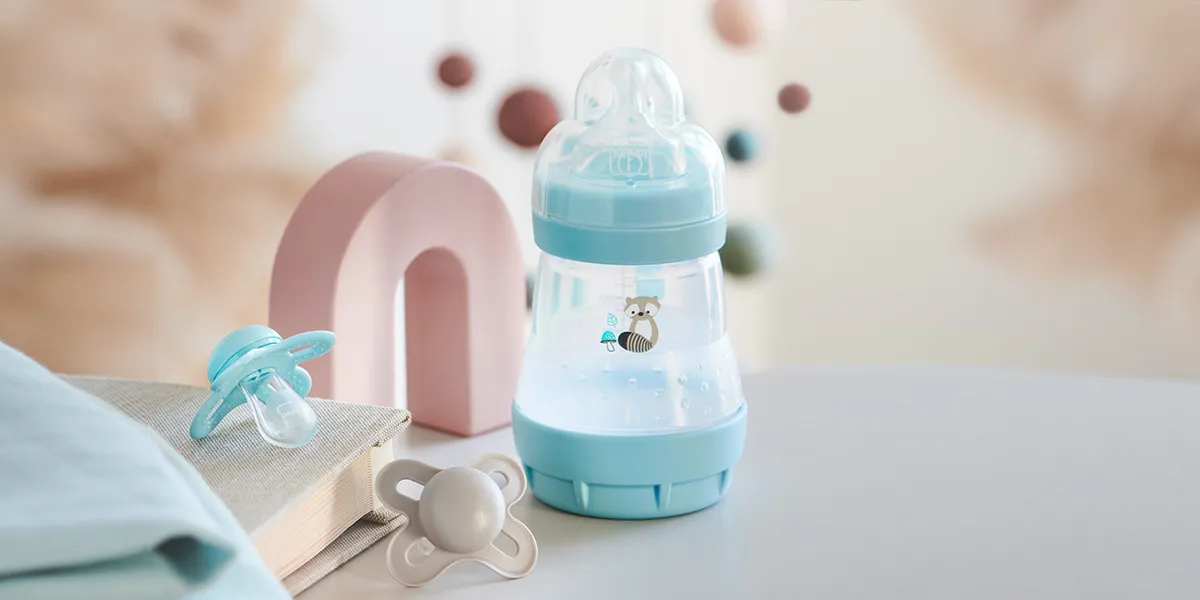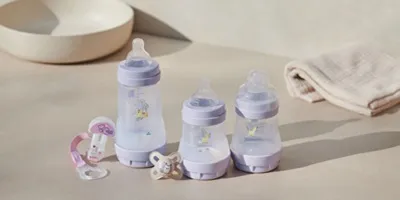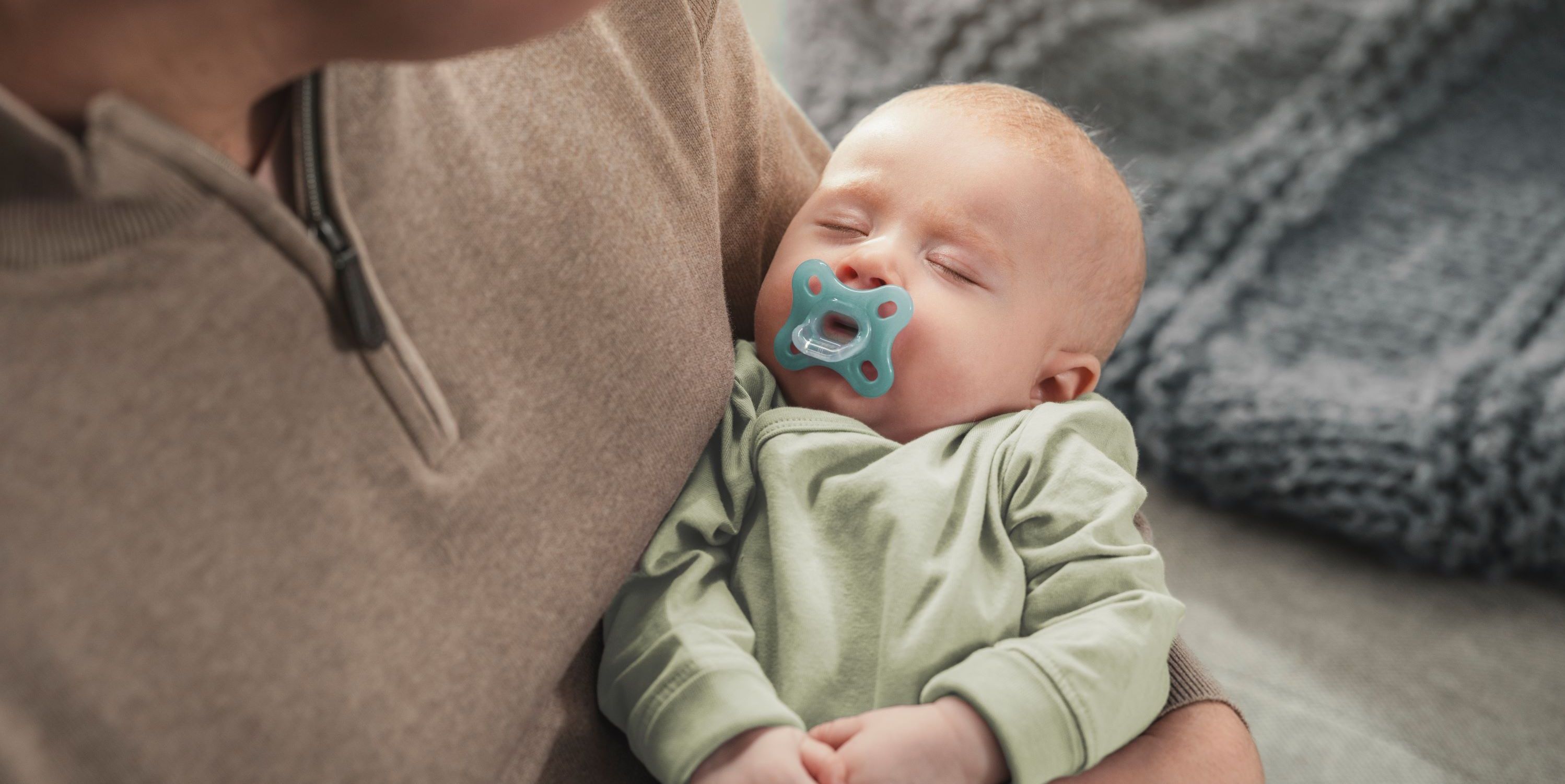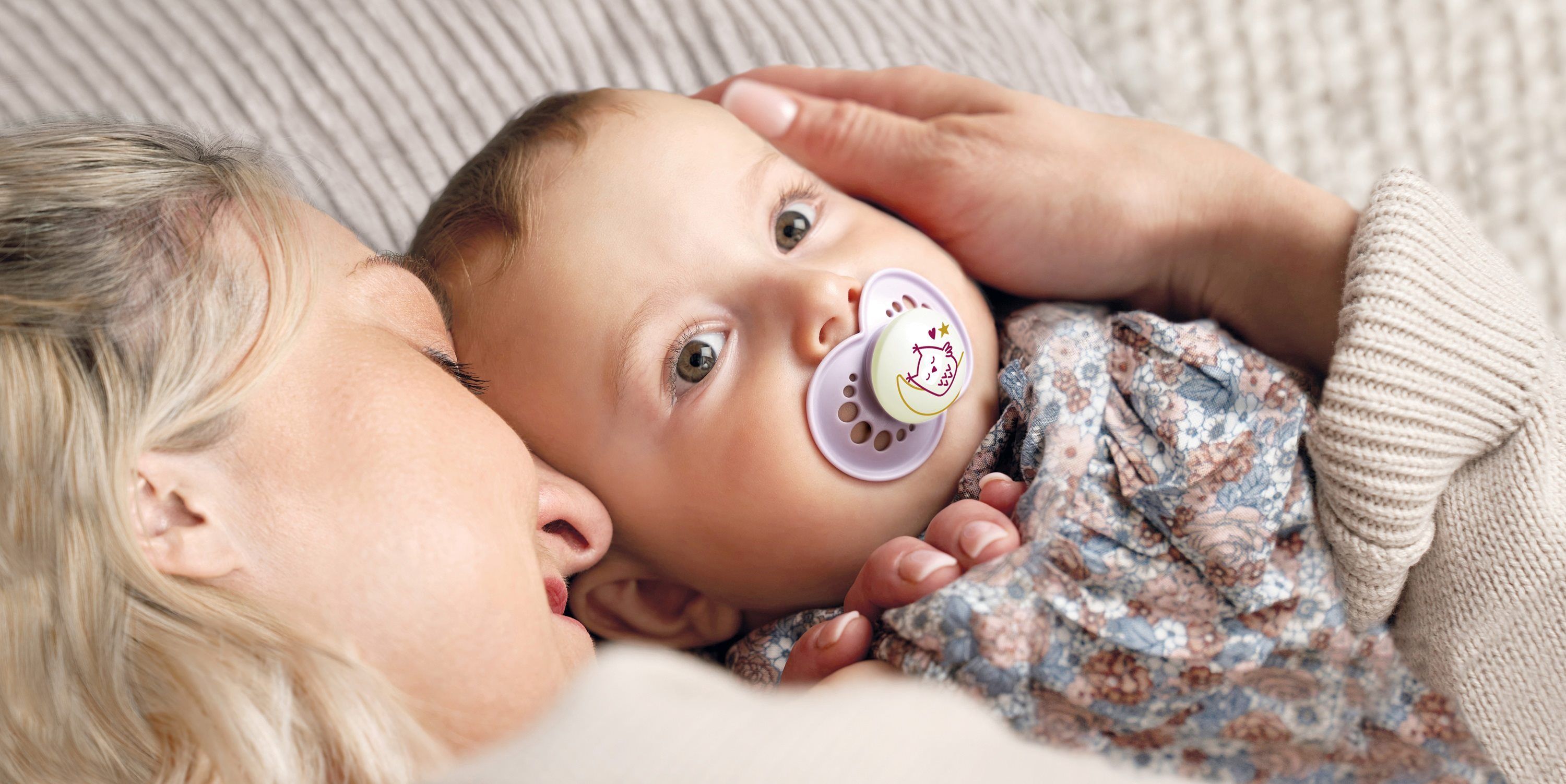Breastfeeding is simply not just the act of feeding a baby – it’s a sign of love, a feeling of security and intimacy and can also be a major challenge. Sometimes it is simply wonderful and other times it may be associated with pain. In this article we explain what you can do to protect your nipples, how to latch your baby on for the first time and much more!
Five breastfeeding tips for beginners
1. Baby is handed to the mother directly after birth
The perfect start to a breastfeeding relationship is immediately after birth when the baby will seek the breast in skin-to-skin contact with the mother’s body. Most infants are able to suckle within the first hour after birth. With small movements of the head and using its sense of smell, the newborn will attempt to find the mothers breast. Is your baby pursing its lips and making suckling noises, and nudging forward? Then it's already got the hang of it! You can touch its mouth with your nipple. If it then opens its mouth wide, pull your baby towards you so that it can latch on. The kind of birth you have can have an impact on your mature milk supply. After a vaginal birth mature milk supply is likely to be available within a few days, while after a caesarean section your body can take up to 5 days to supply mature milk.
2. Latching baby on correctly
Important: your baby should not only take the tip of the nipple but should also have most of the areola in its mouth. This prevents sore areas. (See below for more details).
3. Stay relaxed
The first attempt at breastfeeding can be a little difficult and that's okay: some babies suck so hard that the mother gets nervous. Others only lick the nipple cautiously and may not know what to do with it. In case of complications or premature births, a newborn baby could also be tired due to medication and may not suck at all. Breastfeeding for the first time may also be over after a few sucks, after all it is not about large quantities just yet, but about the valuable, yellowish first milk (the colostrum) – the mature milk will come in later. Perhaps your little one will take a nap first or have a look around. Give each other time and be patient if things do not work perfectly right away.
4. Be responsive
Responsive breastfeeding involves you responding to your baby’s appetite and your need to breastfeed, while not stressing about an exact feeding schedule. A newborn should be fed 8-12 times in 24 hours and an usual feeding session can last anywhere from 5 minutes to 40 minutes. Your baby and your body will tell you when to feed. Feeling engorged? Feed. Your baby is demanding food? Feed.
Sometimes your baby will tend to look for food more regularly during the day. This is known as cluster feeding and comes naturally to the baby, encouraging your milk supply.
5. Pumping or hand expressing
If it is not possible to breastfeed immediately after the birth, for example for medical reasons, you can increase milk production through stimulation with a breast pump. It is also possible to express milk from the breast by hand – it is best to let the medical staff in the hospital show you how to do this.
In breastfeeding-friendly hospitals, specially trained staff are often available to give advice to mothers or help with the right technique for latching baby on. Besides that, lactation consultants often also advise mothers at home.

The first breastfeed is also an important signal for your body after labor: oxytocin is produced and not only ensures bonding but also aids the contraction of the uterus.
Many mothers are anxious or unsure whether their baby is getting enough milk.
Three clues can tell you whether your baby is breastfeeding properly:
- When your baby is latched on "correctly", you can usually observe how the jaws move rhythmically, and also hear swallowing. The initial quick suckling changes to long gulps.
- Your little one should have as much of the areola in its mouth as possible. If the baby sucks on the nipple like a pacifier, it is possible that it is not getting enough milk. This means the milk-producing cells in the breasts will not be emptied properly. This incorrect positioning can also lead to damaged nipples. In this case, carefully detach your baby and reposition the breast.
- The baby is satisfied after breastfeeding and may even sleep for a longer time.
If you are concerned about whether your baby is gaining weight, it is best to talk to a pediatrician about this.
Photos: Shutterstock













